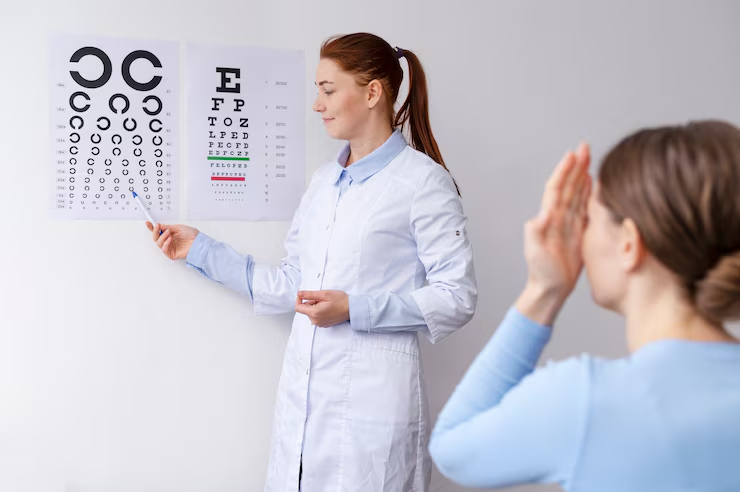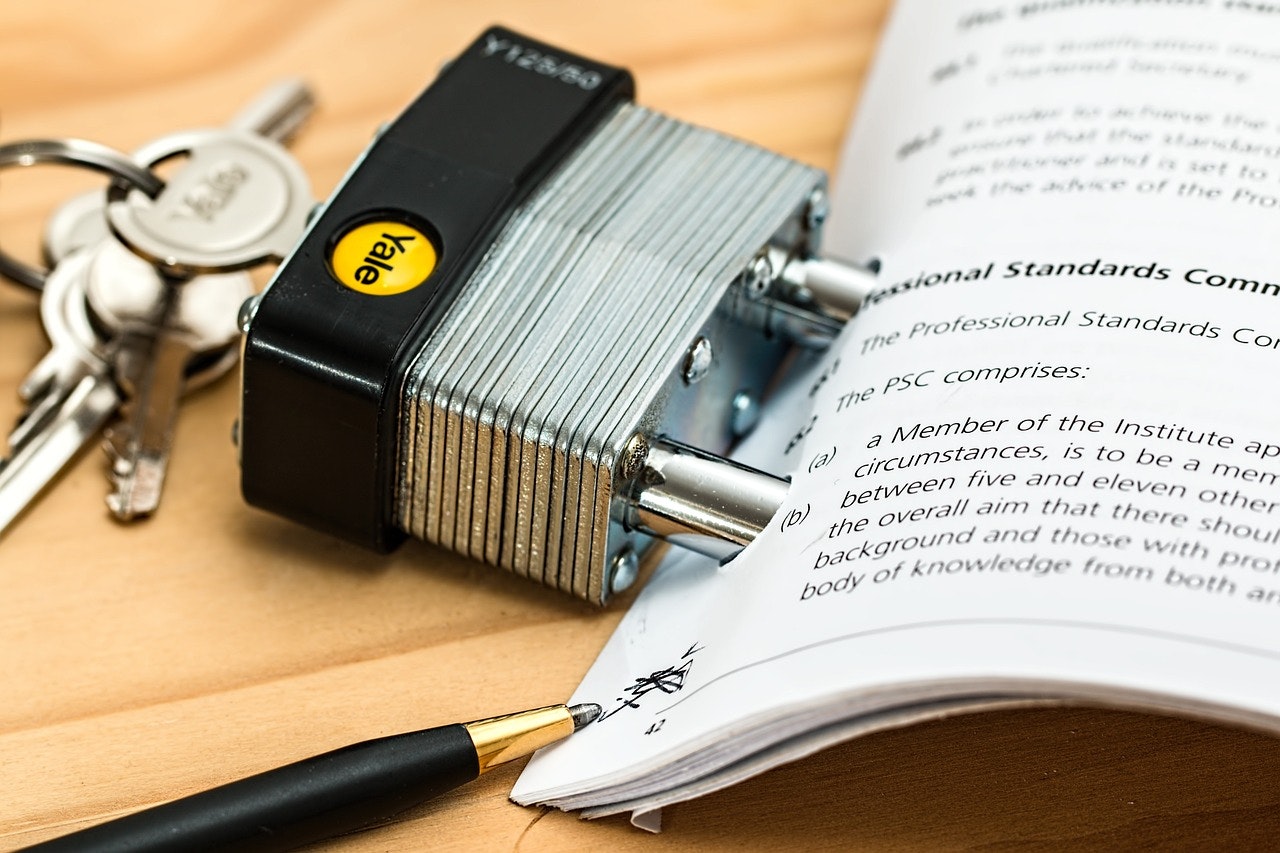Understanding Stroke Prevention and Treatment
A stroke is a critical medical emergency that can occur suddenly and result in lasting impacts. As a broker, knowing the intricacies of stroke prevention, early diagnosis, and treatment can empower you to guide clients toward more informed healthcare decisions. Here’s a closer look at the key factors related to stroke management:
What is a Stroke?
A stroke happens when blood flow to the brain is disrupted, either by a blocked artery — an “ischemic stroke” — or a burst blood vessel, known as a “hemorrhagic stroke.” Quick diagnosis is vital: symptoms include sudden numbness, confusion, headaches, and speech difficulties. Medical professionals use tools like CT scans or MRIs to assess the situation and decide the appropriate action.
Preventing Strokes
The “FAST” test is effective in identifying stroke signs quickly:
- Face: Is there facial drooping on one side?
- Arms: Is one arm weaker than the other?
- Speech: Is speech slurred or unusual?
- Time: If these signs appear, seek immediate medical attention.
Causes and Risk Factors
Ischemic strokes are often due to artery blockages, while hemorrhagic strokes involve vessel weakness linked to conditions like high blood pressure. Lifestyle factors — such as smoking, inactivity, and poor diet — also contribute. Risks increase with age, familial history, obesity, substance misuse, and can also be higher in men and certain ethnic groups.
Treating Strokes
Intervention timing is crucial for stroke treatment. For ischemic strokes, restoring blood flow to the brain quickly is key, often through IV drugs to dissolve clots. In some cases, procedures to remove clots or surgeries like an endarterectomy are needed. Hemorrhagic stroke management involves controlling the bleeding and pressure in the brain through medication or surgery, depending on severity.
Recent Research and Innovations
Ongoing stroke research delivers groundbreaking developments. New drugs like tenecteplase offer more effective clot dissolution than traditional treatments, while experimental nanomedicine holds promise for preventing and managing strokes in the future.
Rehabilitation Post-Stroke
Following a stroke, close monitoring and rehabilitation are essential. Recovery plans are tailored to individuals, focusing on regaining abilities and modifying lifestyle habits. A comprehensive approach may involve multiple specialists and ongoing medication to avoid future strokes.














































































